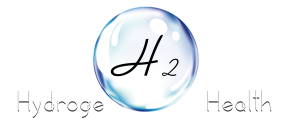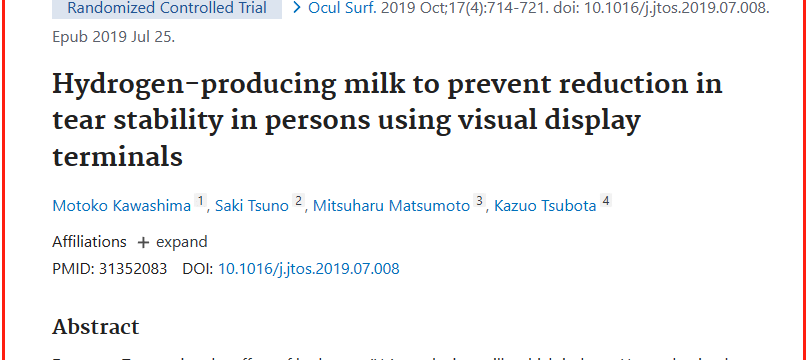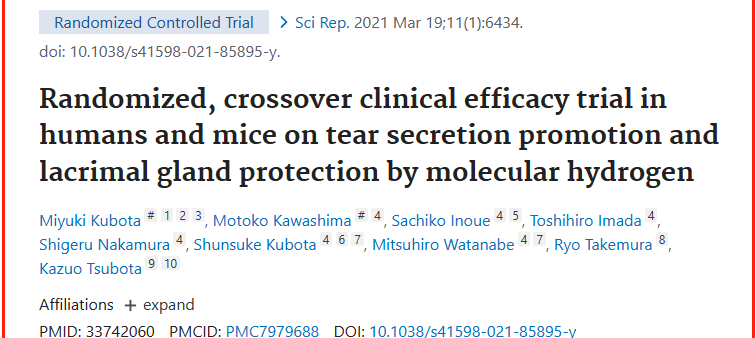Natural Healthy

Natural Healthy

Although dry eye syndrome is not a terminal illness and generally does not lead to blindness, it can significantly reduce quality of life, hence it should be taken seriously. So, what are the factors in daily life that can cause dry eye syndrome?
Common factors contributing to dry eye syndrome include:
Eye Surgery:
Hydrogen gas intervention for dry eye syndrome:
Research has shown a close correlation between excessive oxidative stress and ocular surface inflammation with the occurrence of dry eye.
Hydrogen gas selectively acts on hydroxyl radicals and peroxynitrite anions, exerting antioxidative damage effects. Additionally, it can inhibit the release of inflammatory factors, possessing anti-inflammatory properties.Currently, dry eye syndrome lacks effective treatment, and artificial tears are its conventional therapy. However, recent studies have found that hydrogen can effectively prevent dry eye disease.
Here are some findings:
A study conducted at Tianjin Medical University Eye Hospital confirmed that hydrogen-rich saline can alleviate dry eye signs induced by atropine in rats. The paper was published in the "Chinese Journal of Ophthalmology."
At 7 days, there was a partial improvement in clinical indicators of dry eye in the group of rats receiving hydrogen-rich saline eye drops.
Starting from day 14, the therapeutic effect of hydrogen-rich saline eye drops on dry eye in rats was superior to that of normal saline eye drops.

Overall, both topical application and intraperitoneal injection of hydrogen-rich saline significantly increased tear secretion and tear film breakup time in rats, while reducing corneal epithelial fluorescein sodium staining scores. This indicates a positive effect of hydrogen on alleviating post-dry eye symptoms.
This was a randomized, double-blind, placebo-controlled clinical trial conducted by Japanese scholars.The article was published in "The Ocular Surface" (IF 9.108).

Fifty-four dry eye syndrome patients were divided into hydrogen-producing milk experimental group and placebo control group, and were instructed to consume hydrogen-producing milk or designated beverage once daily for three weeks.
Hydrogen gas concentration in exhaled breath and tear breakup time (fTBUT) were analyzed at 0 and 3 weeks, tear 8-OHdG concentration was measured, and dry eye quality of life questionnaire was analyzed for eye symptoms, and visual acuity was evaluated by simulation scale.
The results are as follows:
The experimental group had higher exhaled hydrogen gas concentration than the control group, confirming that hydrogen-producing milk indeed produced hydrogen!The tear breakup time in the experimental group was significantly longer than that in the control group, indicating enhanced tear film stability after drinking hydrogen-producing milk.
Conclusion: Hydrogen-producing milk can protect tear film stability and prevent dry eye disease by reducing oxidative stress.
The following study also confirmed that hydrogen gas can improve dry eye syndrome symptoms.

The results showed that long-term intake of H2-generating supplements significantly increased exhaled H2 concentration in humans and significantly improved tear stability and dry eye symptoms.In addition, H2 significantly increased tear secretion in healthy mice and significantly inhibited tear reduction and ROS in the lacrimal glands of mice in a stress-induced dry eye model on the 5th day.
The above three studies also indicate that hydrogen gas plays a certain role in the treatment of dry eye syndrome and provides a new perspective for the treatment of dry eye syndrome in the future.
Reference: Kawashima M, Tsuno S, Matsumoto M, Tsubota K. Hydrogen-producing milk to prevent reduction in tear stability in persons using visual display terminals. Ocul Surf. 2019 Oct;17(4):714-721.
Kubota M, Kawashima M, Inoue S, Imada T, Nakamura S, Kubota S, Watanabe M, Takemura R, Tsubota K. Randomized, crossover clinical efficacy trial in humans and mice on tear secretion promotion and lacrimal gland protection by molecular hydrogen. Sci Rep. 2021 Mar 19;11(1):6434.
Chu Yingying, Hua Ning, Ru Yusha, et al. Protective effect of hydrogen-rich saline on the ocular surface of rats with dry eye model. Chinese Journal of Ophthalmology, 2017, 53(5): 10.
Yao Lu, Qi Linsong. Progress of hydrogen gas in ophthalmic diseases. Medical Review, 2022(028-007).